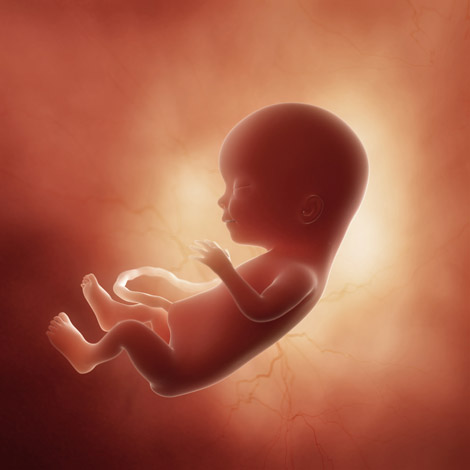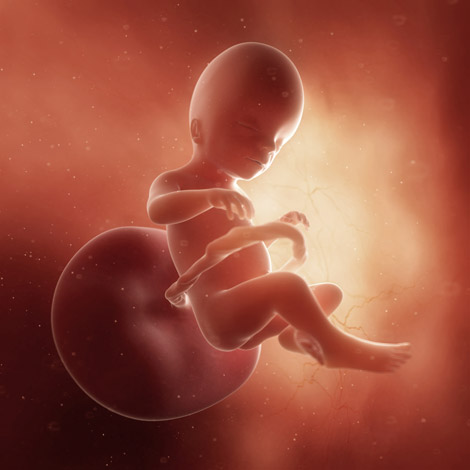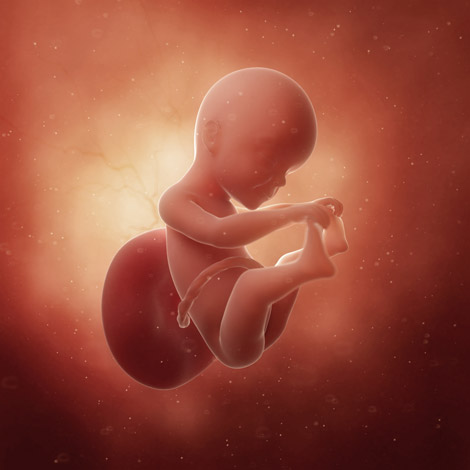The second trimester
Week 13 and the second trimester of pregnancy comes as an enormous relief to many mothers-to-be, with morning sickness more or less gone and feelings of overwhelming tiredness subsiding, it’s easy to see why this can be a positive period for so many women. In fact, sandwiched as it is between the “nauseous” first trimester and the “heavy” third trimester, it is often considered by many, including mums, to be the “easy” trimester. All of which makes this phase the ideal time for making plans, whether they are practical, emotional or related specifically to the day of the birth or the initial postpartum period.
Not so easy for everyone
This is not to say that it’s all going to be plain-sailing from a maternal point of view: you may experience backache, congestion, cramps, bleeding gums, sore legs, swelling in your feet, varicose veins or even haemorrhoids. It is also inevitable that you will experience weight gain and some level of anxiety regarding the health of the child growing inside you. For some, your sex drive will go up (even through the roof), while for others libido may nosedive, leaving you with little to no interest in any form of physical intimacy with your partner. As for your baby, the fetus is growing at an incredible rate during the second trimester. It will develop hair and nails, a digestive system and a sophisticated brain and heart. By the end of this trimester it will even be able to hear the workings of your body and the sounds of yours and your partner’s voices as you talk, sing and go about the business of the final few pre-baby months of your lives.
Mid-term milestones
The middle period of this trimester also brings an important landmark with the week 20 anomaly scan. This important ultrasound scan will see how your baby is progressing and whether it has any markers which might be indicative of a chromosomal abnormality or other problem. You may also learn the sex of your baby – although of course you don’t have to find this out if you want it to be a surprise. There is so much to do and so much to learn. Read on and enjoy our articles for further help and information.


















